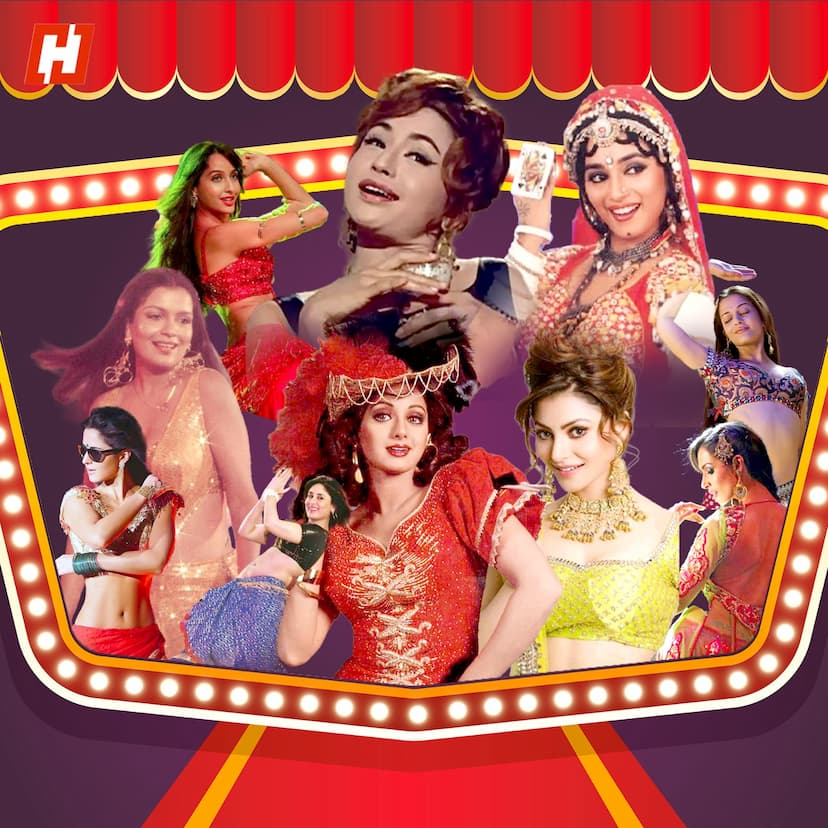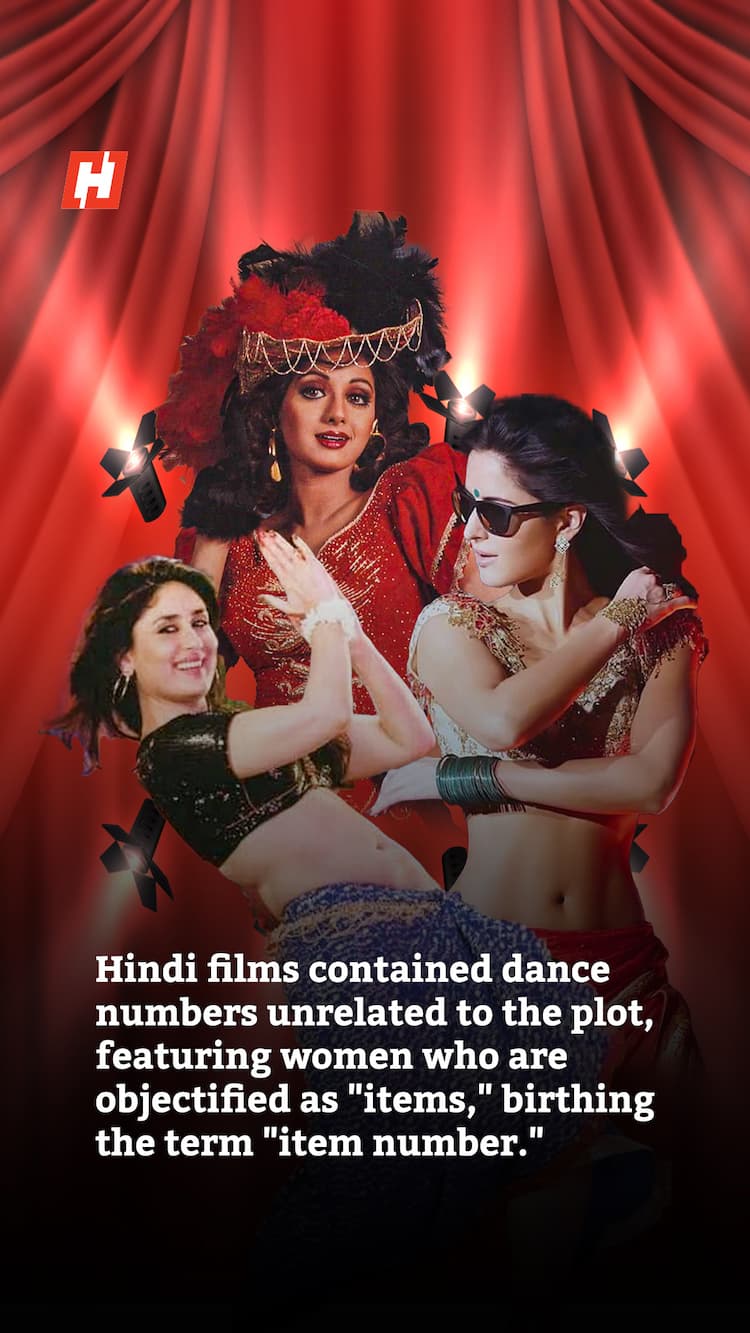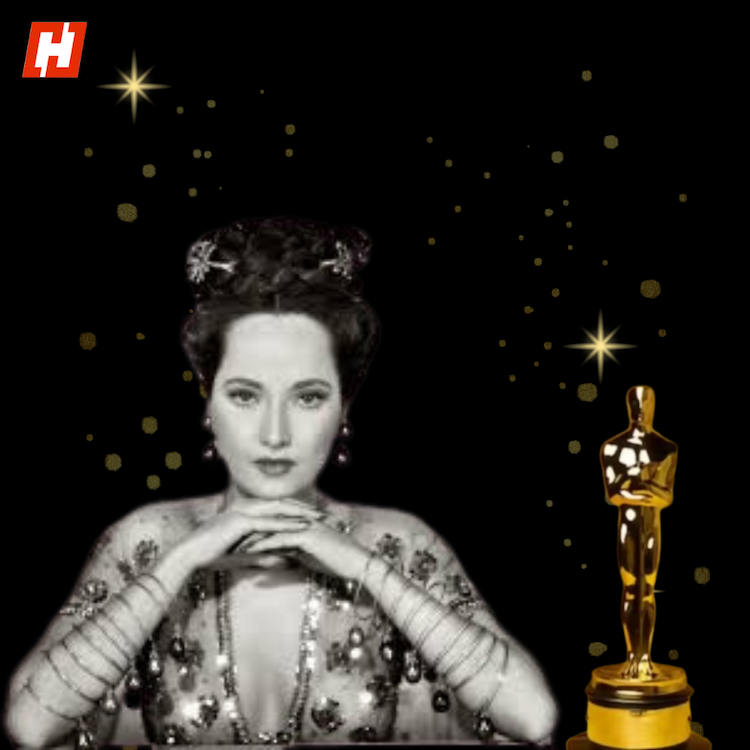Glamour or objectification: Have Bollywood's "item numbers" evolved?


Item songs have been an integral part of Bollywood’s cinematic landscape for decades. They have been loved, criticized, redefined, and even renamed over time. From the cabaret numbers of the 1950s to today’s high-energy dance tracks, these songs have continuously evolved, reflecting changes in audience tastes, industry trends, and societal perspectives.
But have item songs truly added value to Bollywood films? Or have they merely been a tool for objectifying women? Have actors benefited from them? And are they still commercially viable in today's cinematic space? Let’s dive deep into the journey of item songs in Bollywood.
What Are Item Songs?
The term “item song” emerged from Bollywood slang, where “item” referred to the strikingly attractive person or attention-grabbing element who was being objectified. The fact that women were called “items” says enough about how they were portrayed in these songs.
A glamorous performance by an actress who was not part of the main storyline, an “item number” served as an additional attraction in the film. The primary goal of an item song has always been to increase a film’s entertainment quotient and make it massy, ultimately gaining box office numbers. Whether through sultry moves, catchy beats, or an electrifying presence, these songs often became the biggest promotional assets for films.
Do Item Songs Add Value to Bollywood Films?
One of the biggest debates surrounding item songs is whether they really contribute economically to films or exist purely as entertainment. While some argue they are unnecessary, others believe they serve an important commercial quotient.
Item songs generate immense hype before a film’s release, often becoming the most marketable aspect of a movie. For instance, ‘Munni Badnaam Hui’ (‘Dabangg’, 2010) and ‘Sheila Ki Jawani’ (‘Tees Maar Khan’, 2010) created a massive buzz, significantly benefiting the films' box office collections.
In some cases, item songs outlive the films themselves like ‘Choli Ke Peechhe Kya Hai’ (Khalnayak, 1993) and ‘Kajra Re’ (‘Bunty Aur Babli’, 2005) and remain iconic even decades after their release. These songs appeal to a wide audience, including those who may not be interested in the film's storyline but enjoy energetic dance numbers.
Many times, item songs are inserted into films purely for marketing reasons and do not contribute to the story. In some cases, item songs become more popular than the actual film, raising questions about the quality of storytelling.
Objectification: The Never-Ending Debate
One of the biggest criticisms of item songs is that they often objectify women, reducing them to mere visual attractions. Lyrics and choreography sometimes focus more on sensuality than artistic expression.
Take, for instance, ‘Fevicol Se’ (‘Dabangg 2,’ 2012) or ‘Laila Main Laila’ (‘Raees,’ 2017), both of which, despite being massively popular, have been called out for their portrayal of women.
However, some argue that these songs offer actresses agency and empowerment by showcasing their confidence and control over their sensuality. Katrina Kaif, Malaika Arora, and Kareena Kapoor Khan have defended their item numbers, stating that they are performances, just like any other aspect of acting. Of course, there is no doubt that such numbers do require hard work on the performer’s part, and the fact that people rarely acknowledge an actress’ expressions or dance skills, is part of the problem.
The real question remains: Is Bollywood objectifying women, or are these actresses reclaiming their space and using item songs to their advantage? The answer likely depends on context, execution, and audience perception.
Do Item Songs Impact Actors’ Careers?
Many Bollywood stars have gained massive recognition through item songs. While some have used them as a stepping stone to bigger roles, others have built a strong brand around them.
Arguably the “queen” of item songs, Malaika Arora’s performances in ‘Chaiyya Chaiyya’ (‘Dil Se,’ 1998) and ‘Munni Badnaam Hui’ gave her a huge fan-following. ‘Baby Doll’ (‘Ragini MMS 2,’ 2014) turned Sunny Leone into a household name, leading to more acting opportunities.
More recently, Nora Fatehi became one of the most sought-after dancers in Bollywood post the success of her songs ‘Dilbar’ (‘Satyameva Jayate,’ 2018) and ‘O Saki Saki’ (‘Batla House,’ 2019).
Similarly, ‘Sheila Ki Jawani’, ‘Chikni Chameli’, and ‘Kamli’ showcased Katrina Kaif’s exceptional dance skills and helped boost her stardom. She also once had stated in a chat show with Arbaaz Khan, “I don’t view my songs as item numbers because dance is an art form. It’s an expression and I think we have taken this as women dancing in films as they are being objectified.”
However, not all actors benefit equally. Sometimes, being labelled an "item girl" limits an actress’s career growth, making it harder to transition into serious roles like Isha Koppikar or Koena Mitra back in the early 2000s.
However, in recent years, Bollywood has moved away from the term "item song" due to its controversial connotation. Instead, filmmakers now prefer terms like "dance numbers."
For example, Kriti Sanon referred to her song ‘Thumkeshwari’ (‘Bhediya,’ 2022) as a special number rather than an item song. Similarly, Alia Bhatt’s ‘Prada’ was marketed as a stylish dance track instead of an item number.
This shift suggests that the industry is becoming more conscious of the implications of its terminology, trying to balance entertainment with responsible representation. But just because the term is different due to gender-sensitivity, does that mean the objectification of women in such numbers has ended?
Are Item Songs Still Commercially Viable?
While item songs were once a guaranteed formula for success, their role has shifted in the streaming era. Item songs still attract audiences, be it in single-screen cinemas in Tier 2 and Tier 3 cities, or in multiplexes in metropolitan centres. Things like dance challenges and reels help songs gain viral traction across demographics, and a well-placed dance number can still add hype to a movie’s release.
Item songs have played a dual role in Bollywood, both as a source of excitement and as a controversial aspect of film marketing. While they have helped many actors gain recognition, they have also faced criticism for their portrayal of women.
It is also undeniable that over time, item songs have started following a predictable formula, leading to audience fatigue. As Bollywood evolves, item songs may continue in a rebranded form, focusing more on choreography and global appeal rather than mere sensuality. Whether they remain a cinematic necessity or fade into nostalgia will depend on how filmmakers and audiences choose to embrace them in the future.
Trending in Entertainment
Foreign actors who attained iconic status with just one Bollywood movie

SRK to Sonu Sood: Stars' philanthropic ventures many don't know about

Merle Oberon: The first actor of Indian Origin to receive an Academy nomination

